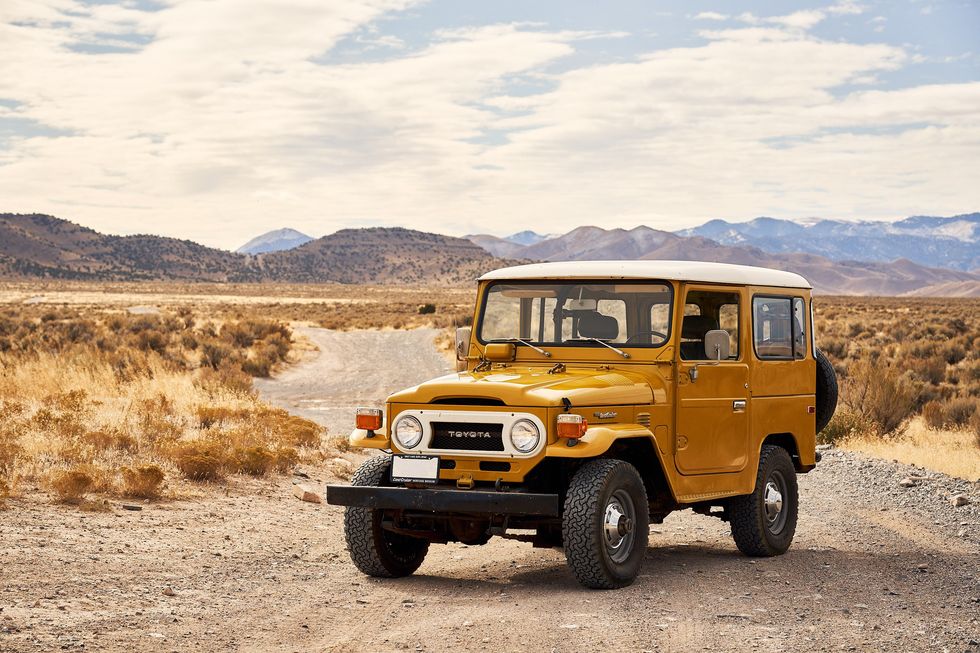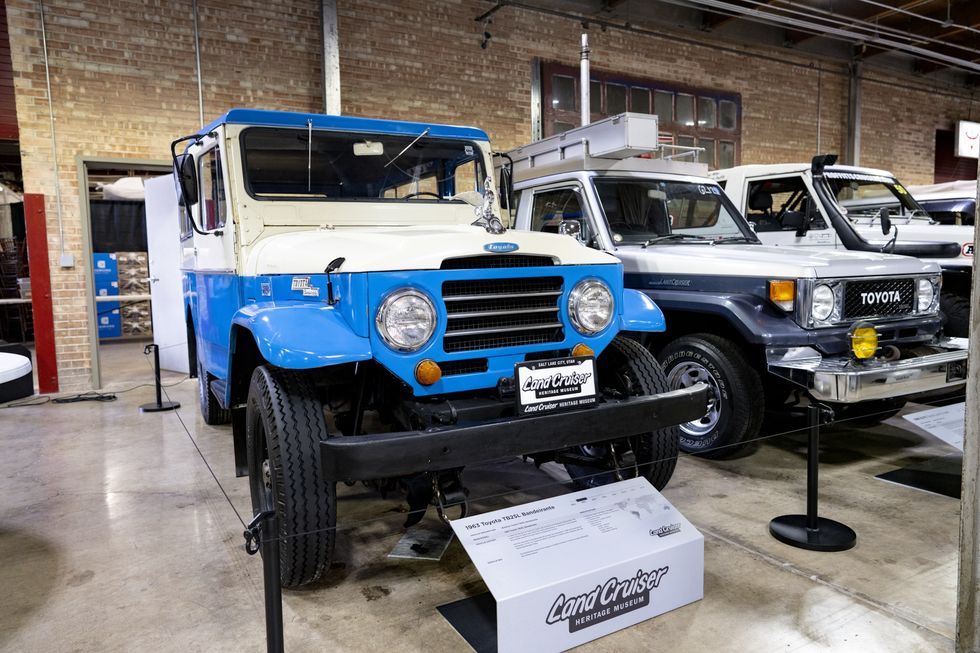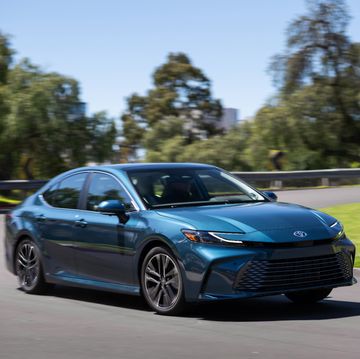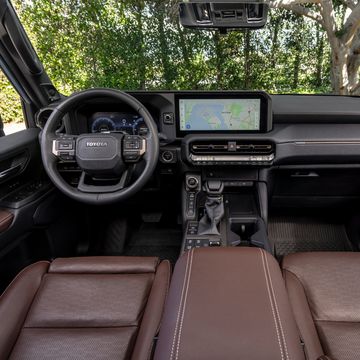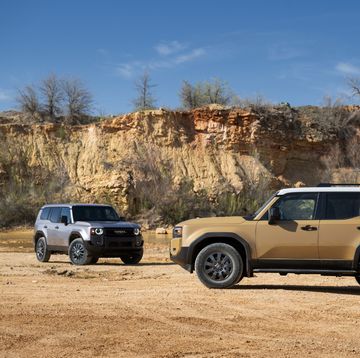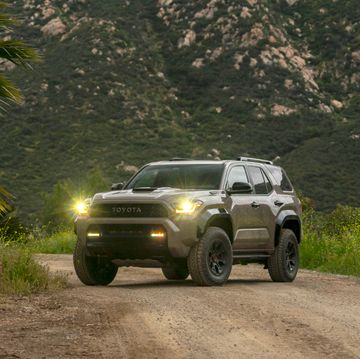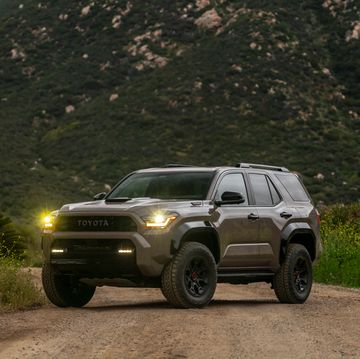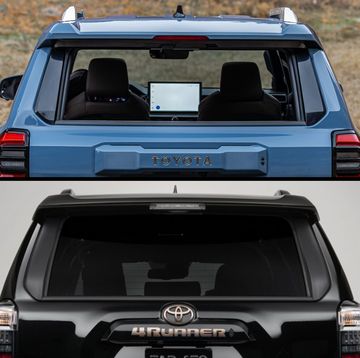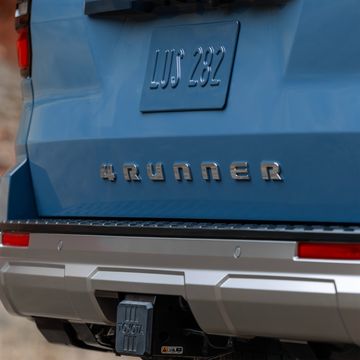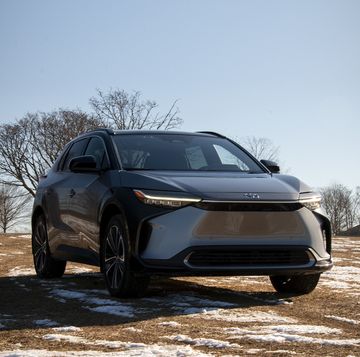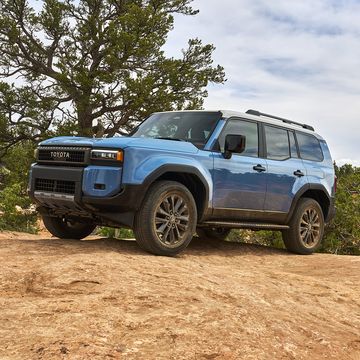Okay, okay, yes, the Jeep Wrangler. There, I said it. Best to get that out of the way right up front. And okay again, the Land Rover. There. And yes, the International Scout, Ford Bronco, Chevy Blazer and probably some kind of Soviet-made Lada or Chinese QSL-92. All vehicles that you’re going to say were first, more powerful, more stylish, more historically significant, more yada yada yada. We’re never going to settle all these arguments here or cover all those four-bys because we are here to talk about, indeed to celebrate the mighty and all-conquering Toyota Land Cruiser!
While there are a few similar vehicles that can get you into the jungle, into the bush, and maybe up The Lion’s Back and over The Rubicon, there is only one Land Cruiser. Some say that, in addition to being just as capable as the rest, the Land Cruiser is the most reliable of all the above-mentioned competitors. In Africa they have a saying, “To get into the jungle bring a Land Rover, to get out, bring a Land Cruiser.” Then they laugh and laugh like they’d just thought that up and isn’t it hilarious?
But there’s something to be said for Toyota reliability, especially when you’re miles from home and the rocks are getting bigger and steeper around every turn.
The Land Cruiser debuted in 1951 as a prototype built for the Japanese National Police Reserve. According to Toyota, it was a parts-bin special, using the chassis of Toyota’s one-ton Type SB truck with the oversized 3.4-liter Type B six-cylinder gas engine of the four-ton truck, suspension from the Toyopet passenger car (!), and a rudimentary open body.
It looked like a Jeep. And to add insult to injury, the Police Reserve went with Mitsubishi’s officially licensed version of the real Jeep. But Toyota was undeterred and kept pumping out those little Jeep-like BJ-model 4-bys. Now, almost 70 years later, Toyota has sold 10 million Land Cruisers over seven main model upgrades and in numerous different configurations.
I got to see just about every single one of them this week at the fabulous Land Cruiser Heritage Museum in Salt Lake City.
“We got a tour of the Toyota Museum in Japan,” said founder Greg Miller, whose family owns over 60 car and truck dealerships across the West, several of them Toyota. “I asked, ‘Where are the Land Cruisers? The guy said they didn’t have any.”
Indeed, after a couple more tours of Toyota museums elsewhere, Miller saw that if he didn’t build a museum, no one would. So he did. And what a museum. In a brick building in downtown Salt Lake City are 60 historical Land Cruisers in as good a shape as you’ll ever hope to find anywhere. The collection covers the spectrum, from one of those crude, original Jeep-like BJ models, up to and including a 2020 Land Cruiser Heritage Edition SUV, with all the comfort and convenience features found on modern crossovers. Best of all, Toyota had arranged with the very generous Miller to let me drive around examples of each major model, from the nameplate’s U.S. introduction in 1958, on up.
First was an FJ40, produced for the U.S. market from 1960 to 1983. The test subject was a 1977 model with the 4.2-liter inline six making a whopping 135 hp at the crank and a double-whopping 210 lb-ft of torque at what could be all four wheels – if you got out and locked the front hubs manually.
It took about two and a half blocks of clutch pedal travel to engage the ‘77’s four-speed manual trans and when it lurched forward it did so like a drunk leaving the bar at closing time. Every bump produced loud squeaky protests from seemingly every two pieces of metal rubbing together anywhere on the frame. And yet it felt remarkably confident crawling up a short off-road course the Toyota people had laid out for us. It offered more character than a Eugene O’Neil play.
(The F in FJ means it has a gasoline straight six engine, the J means Land Cruiser - or Jeep, if you believe one telling of history - and the 40, 55 or 60 refers to wheelbase.)
Next up was a characterful 1977 FJ55. This model was like the FJ40 but longer, with a rear half that could be fully functional for soccer moms today. The engine, transmission and even the suspension was the same as the FJ40, but it was just longer overall, up from 152.4 inches to 184. Curb weight likewise increased from 3870 to 4030 pounds. But the added wheelbase made all the difference in ride. In addition to off-road, we took this one on-road all the way up to Snowbird ski resort outside Utah. Man I can tell you it is a long, long throw from second to third gear. The transmission cried out for an additional ratio in between those two gears. But it got us up the hill, albeit at speeds no greater than maybe 50 mph.
I also drove a 1984 FJ60 Land cruiser, the third major iteration of this model in the U.S. market (we never got the BJ). The 60 offered as many power amenities as were on the market at the time, from moonroofs and power windows to comfy seating, sound insulation and wall-to-wall upholstery and carpeting – all the things you might find in a Land Rover, with which it competed, at least in the mind of Toyota.
But the 60 still had the same 2F engine as its forebears, along with the same 135 hp, 210 lb-ft and four-speed manual. The front and rear suspensions were still leaf springs holding solid beams but curb weight had shot up to 4264 pounds.
Then I stepped into the modern age with an FJ80 that looked like a modern SUV and drove like one, too. It got a 3FE 155-hp 220-lb-ft 4.0-liter inline six and a four-speed automatic. The four-wheel leaf spring suspension that rode on every Land Cruiser before was replaced with coil springs all around for a modern, isolated ride. If you jumped in one of these today you might not even think it was an old car, despite the fact that U.S. FJ80s were only produced from 1991 to 1997.
By the time the 100 came out, specifically the 2004 UZJ100 that I drove, you really couldn’t tell it was an old SUV. It came with the 2UZ-FE 4.7-liter 32-valve V8 that made 235 hp and 320 lb-ft of torque mated to a five-speed automatic. Ain’t technology grand? It had rack and pinion steering, hydraulic height adjustment and what was called Sky Hook suspension, in addition to ABS, traction control and stability control. It lasted until 2007.
In 2008 we got the Land Cruiser you still see now on dealer lots across America: the 200. It added more electronics like downhill assist, off-road ABS and a CRAWL function to help you go off road, though no one ever goes off-road, it seems. The engine now is a 5.7-liter 32-valve V8 with VVT-i, electronic fuel injection and 381 hp along with 401 lb-ft of torque. Toyota has even introduced a Land Cruiser Heritage Edition with retro-scripted name badging, unique wheels and a big Yakima roof rack to celebrate the Cruiser’s almost 60 years in the U.S. market and almost-70 overall.
So yes, my favorite of all those? The FJ55. Mine was two-tone, with white over green. This model offered all the character of the original FJ40, with all the utility of the modern Land Cruisers. Now you can start Christmas shopping for me. Still a few months left.
Happy birthday Land Cruiser!

